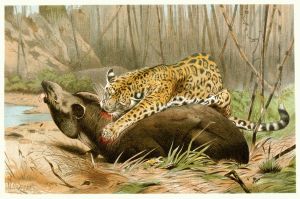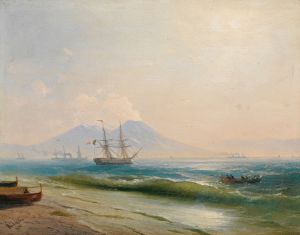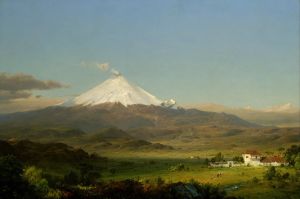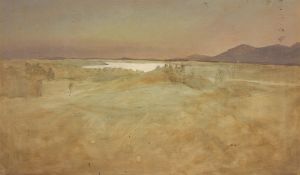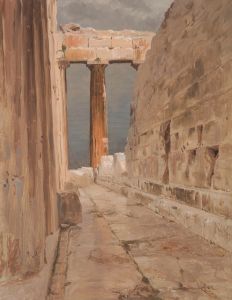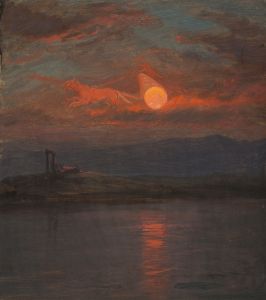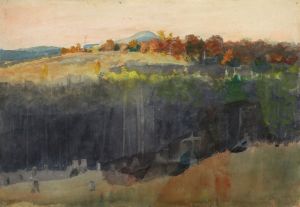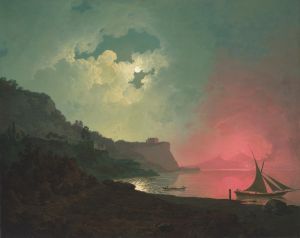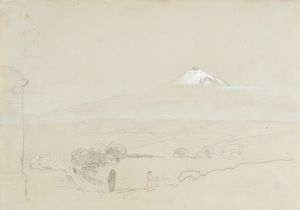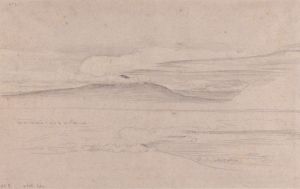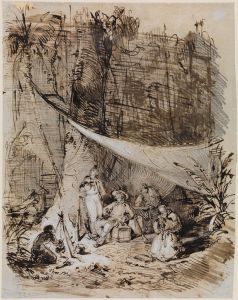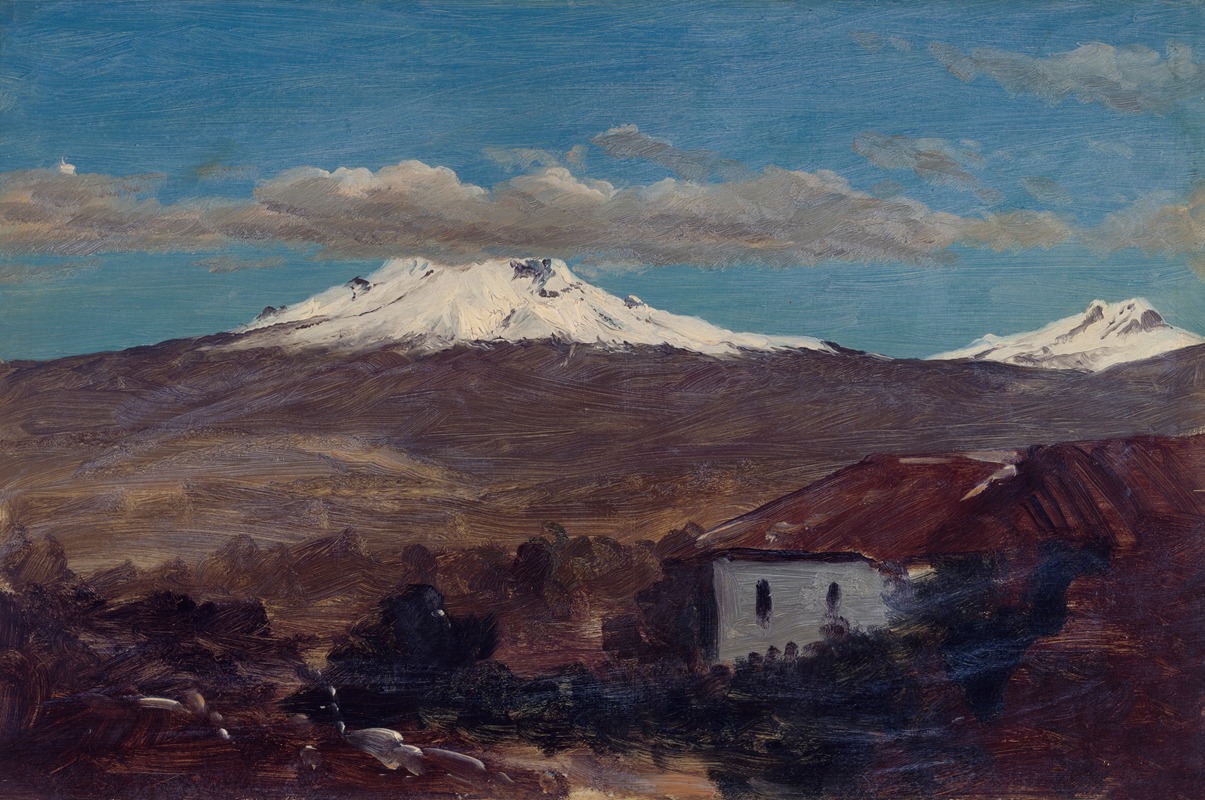
Mount Chimborazo Shown From Riobamba, Ecuador
A hand-painted replica of Frederic Edwin Church’s masterpiece Mount Chimborazo Shown From Riobamba, Ecuador, meticulously crafted by professional artists to capture the true essence of the original. Each piece is created with museum-quality canvas and rare mineral pigments, carefully painted by experienced artists with delicate brushstrokes and rich, layered colors to perfectly recreate the texture of the original artwork. Unlike machine-printed reproductions, this hand-painted version brings the painting to life, infused with the artist’s emotions and skill in every stroke. Whether for personal collection or home decoration, it instantly elevates the artistic atmosphere of any space.
Frederic Edwin Church, a prominent American landscape painter and a central figure in the Hudson River School, created the painting "Mount Chimborazo Shown From Riobamba, Ecuador" during the 19th century. Church is renowned for his grand and detailed landscapes that often depict dramatic natural scenes, and this particular work is no exception.
The painting captures the majestic Mount Chimborazo, a stratovolcano in the Andes of Ecuador, as seen from the city of Riobamba. At the time Church painted this scene, Chimborazo was considered the highest mountain in the world, a belief that persisted until more accurate measurements were made later. The mountain's peak is the farthest point from the Earth's center due to the equatorial bulge, a fact that adds to its historical significance and allure.
Church's interest in South American landscapes was largely inspired by the naturalist and explorer Alexander von Humboldt, whose travels and writings about the continent's geography and biodiversity captivated many artists and intellectuals of the time. Humboldt's influence is evident in Church's meticulous attention to detail and his effort to capture the grandeur and diversity of the South American landscape.
In "Mount Chimborazo Shown From Riobamba, Ecuador," Church employs his characteristic style, combining realism with a sense of the sublime. The painting is noted for its vivid colors, intricate details, and the dramatic interplay of light and shadow, which together create a sense of awe and wonder. Church's use of light is particularly striking, as it highlights the snow-capped peak of Chimborazo, contrasting it with the lush greenery and rugged terrain of the foreground.
The painting reflects Church's deep appreciation for the natural world and his skill in rendering its beauty on canvas. His works often convey a sense of exploration and discovery, inviting viewers to contemplate the vastness and complexity of the landscapes he depicts. Church's South American paintings, including this one, were well-received in his time and contributed to his reputation as one of the leading landscape painters of his era.
"Mount Chimborazo Shown From Riobamba, Ecuador" is part of Church's broader body of work that explores the theme of nature's grandeur and the sublime. His paintings are celebrated for their ability to evoke emotional responses and for their technical precision. Church's legacy continues to influence landscape artists and remains a significant part of American art history.
The painting is housed in a collection that appreciates Church's contribution to art and his unique perspective on the natural world. It serves as a testament to his artistic vision and his ability to capture the essence of the landscapes that inspired him. Through works like this, Church has left an enduring impact on the appreciation of natural beauty and the artistic portrayal of the environment.





